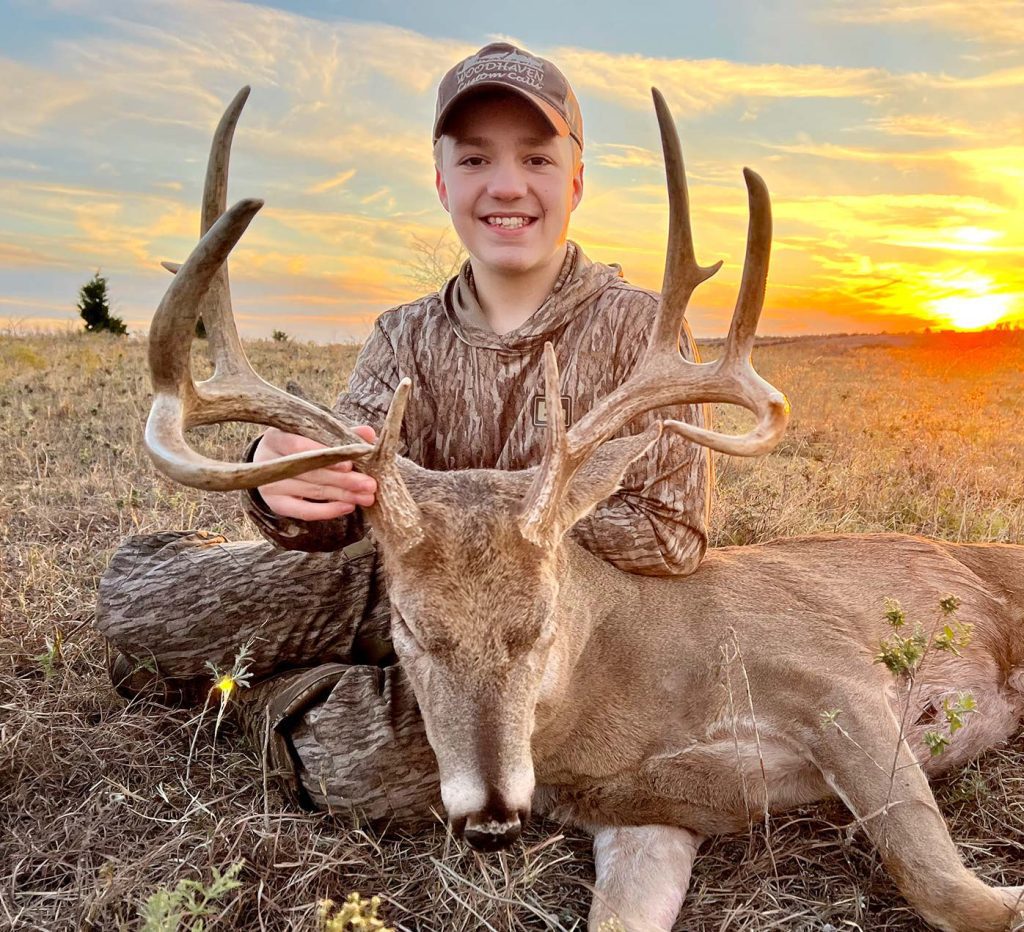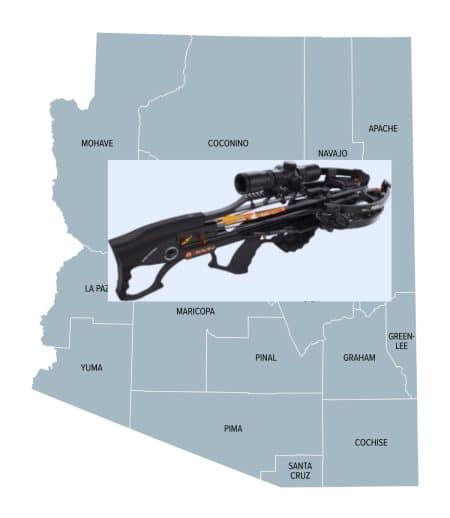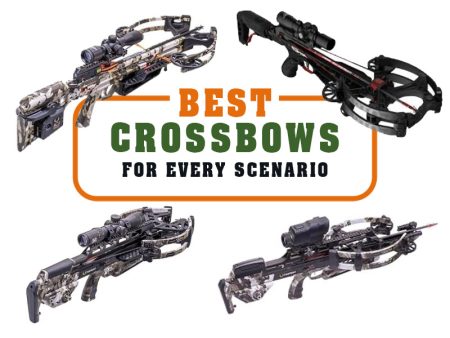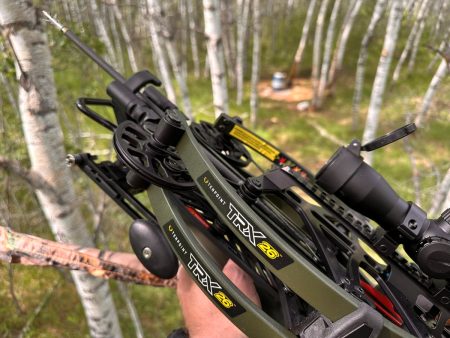Got the Itch to Hit the Road With Your Crossbow? Try Hunting in One of These States.
“There’s no place like home,” Dorothy famously said in the 1939 film, “The Wizard of Oz.”
Many hunters can relate to that statement because of the efforts and improvements to land that they’ve invested in their home hunting grounds. For some, there’s also a nostalgia for hunting in the same places where they did as a kid. In addition, hunting around home is usually convenient. Many hunters can sneak in hunts near where they live before or after work, or on the weekends, with minimal planning/logistics.
Then, there are folks like me. We’re wired to be curious and often spend way too much time dreaming about traveling to hunt here or there. The prospect of hunting somewhere completely new is thrilling to me. Perhaps it’s about the unknowns we’ll find or the opportunity to pursue a species we haven’t previously hunted. Or maybe it’s the adventure aspect. Regardless, adventure beckons, and we must go.
If the adventure bug is biting you, why not begin planning a crossbow-hunting trip to a different state? There are countless places to go. Below are three crossbow-friendly destinations worth the trip, along some details to get your planning started. Let’s review.
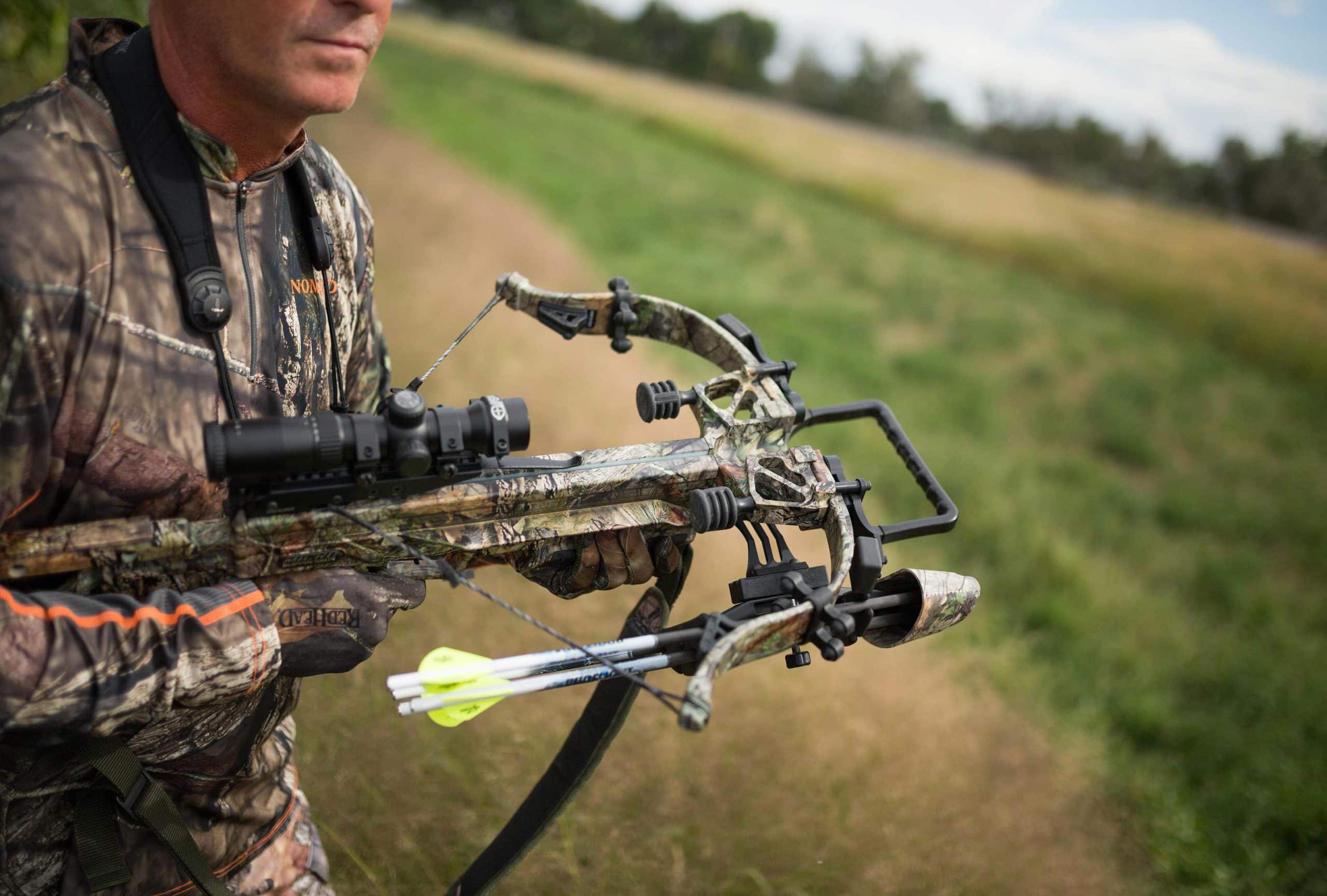
Wyoming
The “Cowboy State” offers more than a lifetime of different hunting adventures for various species across dozens of different hunting areas (units). Big-game licenses are allocated through a draw. The deadline to apply for deer, elk and antelope is May 31 this year. Tags that remain following the draw will be available through a leftover draw. It has a June 19-23 application period.
In this state, preference points, which increase your draw odds of being drawn for the following year, can be purchased from July 3 through October 31. Accumulating preference points over even a few years for a particular species can put you in the running for better-quality tags. In other words, the wait can be worth it.
Crossbows are considered legal hunting equipment during Wyoming archery hunts if they meet the 90-pound minimum draw weight and shoot 16-inch or longer bolts. Broadheads for hunting in Wyoming can be fixed blade or expandable. They cannot pass through a ring with a 7/8-inch diameter when deployed.
Now, if you’d like to hunt for Whitetails in Wyoming, the highest concentrations occur in the Black Hills. “Region A” tags aren’t too hard to draw and there are tens of thousands of acres managed by the U.S. Forest Service to roam. They range from foothills to mountainous terrain covered in ponderosa pine and occasionally aspen timber.
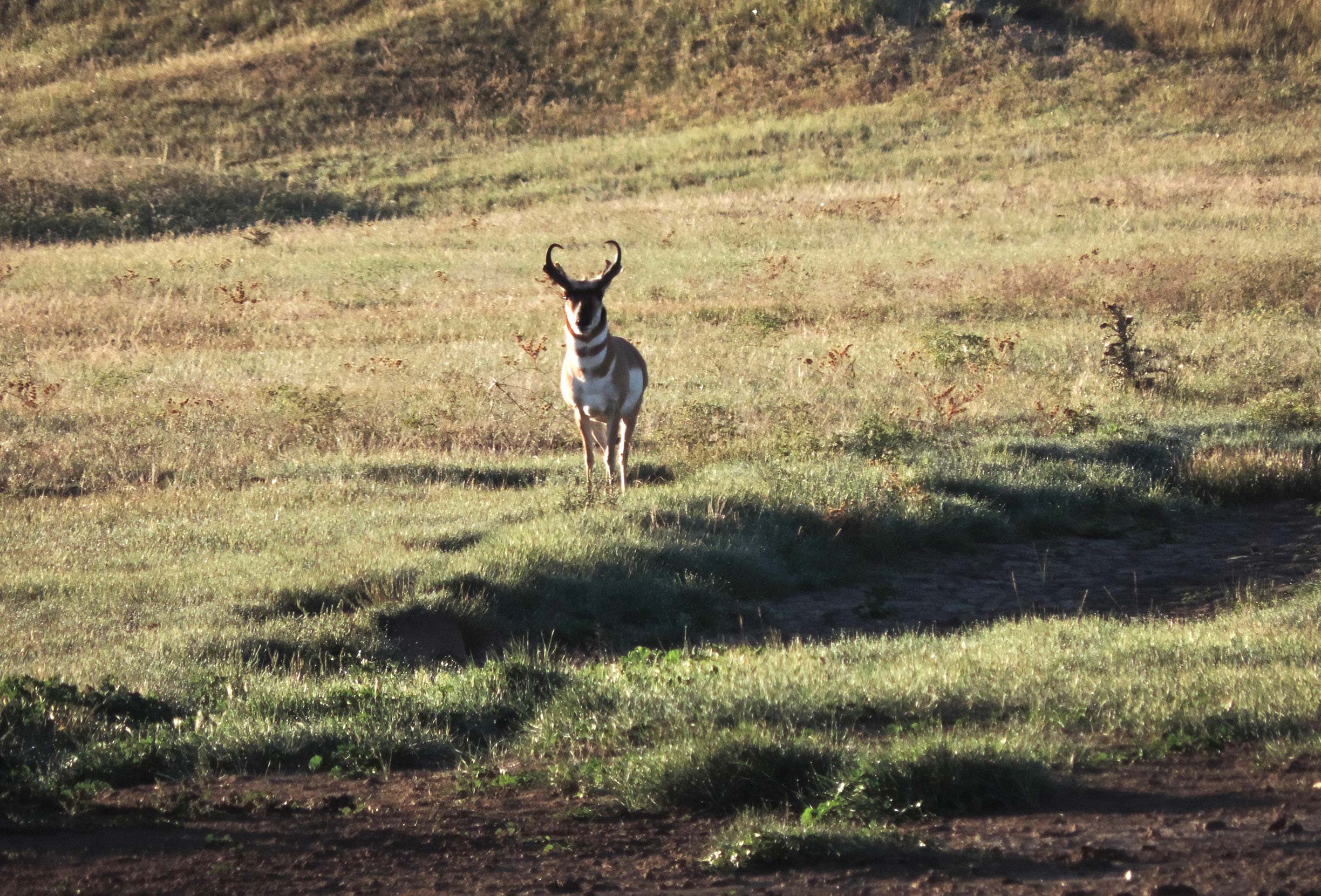
Whitetails thrive here. There are also walk-in hunting areas around the forest-service lands. During the early part of the season in September, try to intercept deer based on feeding patterns. During the pre-rut and rut, I recommend that you hunt ridges, saddles and other terrain features that funnel deer.
Mule deer overlap Whitetails in many different areas here, especially in the eastern and central portions of the state. However, some tags are species-specific, so don’t assume you can get a tag and then hunt either one. The most sought-after mule deer hunt areas are on the western side of the state. They make up Region G. However, drawing a tag here will take many preference points. Besides, western Wyoming wildlife had a severe winter that killed many animals and led officials to reduce tag quotas.
Some hunt areas and regions on the prairies in the eastern and central parts of the state around Casper, Gillette or Lusk aren’t too difficult to draw. While these areas typically produce fewer world-class bucks than Region G, you shouldn’t have too much trouble finding deer to hunt.
For elk, the best units will require more than 15 preference points, but quality hunting can be had with just a few points in certain areas. Sometimes there are decent tags on the leftover list. Some really good elk hunting occurs in the hunt areas surrounding Yellowstone National Park. There are two caveats, however. First, be aware that this is grizzly bear country. Second, the best hunting is typically in the wilderness areas, which non-residents can only legally hunt with a licensed guide/outfitter along.
Since Wyoming is such a huge and complex state in terms of all the species and units, I highly suggest subscribing to GoHunt Insider and utilizing the Filtering 2.0 feature. This allows you to see important details such as draw odds, draw success rates from the last five years, the percentage of public land in each area and trophy potential. It also provides suggested locations to begin hunting.
Once you settle on a tag, spend a great deal of time on the HuntStand app mapping out potential glassing points, camping locations, stand locations, roadless canyons and other key details to streamline your hunt when you arrive. Wyoming offers big adventure, regardless of the area you hunt or species you pursue. So, start planning your Cowboy State hunt today.
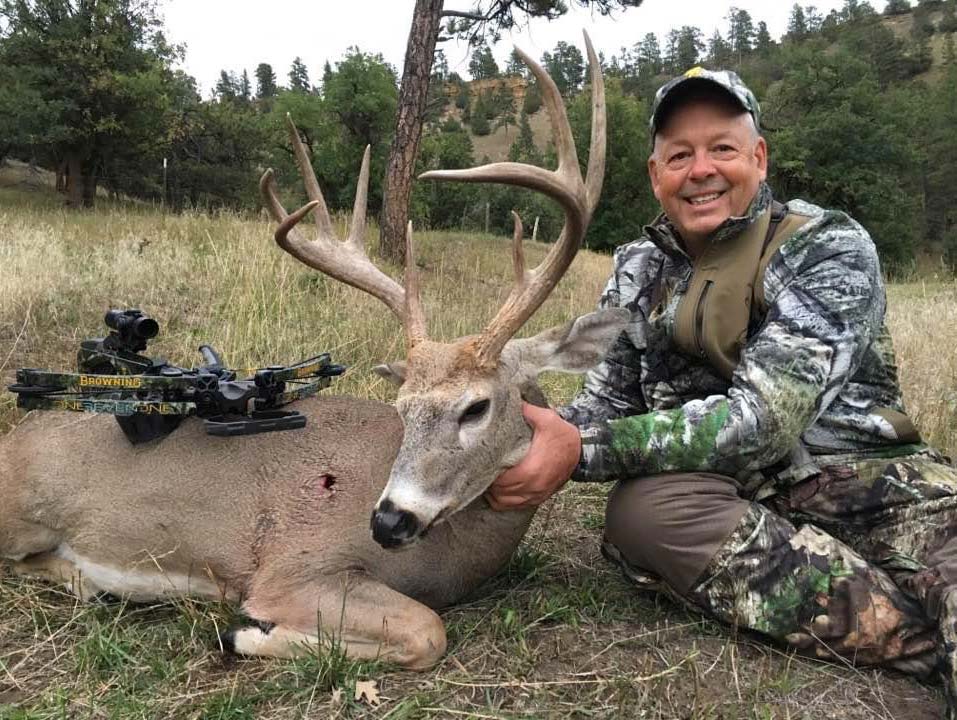
Ohio
After five days of hunting over lush food plots in southern Ohio, I was the only hunter out of seven in a hunting camp who didn’t notch a buck tag. A few of the six bucks taken during that writer’s hunt were dandies. And while I didn’t kill a buck, based on my experience, I’d return to hunt Ohio any day.
Every fall, I pay very close attention to my social media feeds because I write big-buck stories for a few different publications. Ohio never disappoints. The “Buckeye State” annually produces outstanding Whitetails, and I’ve written about a handful of world-class bucks taken by Ohio hunters.
Good news: Ohio deer tags are sold over the counter and crossbows are legal to hunt with during the archery season. (The season opens September 30 this fall.) Also, non-resident licenses are fairly reasonable. You’ll need a $180.96 one-year hunting license, and an either-sex deer permit for $76.96.
The catch? Ohio is primarily privately owned. According to SummitPost.org, public lands make up only 4.2% of Ohio’s land mass. In comparison, public lands cover 55.9% of Wyoming. While Ohio is a little trickier for the DIY hunter, there are opportunities. In southern and southeastern Ohio, you’ll find the Wayne National Forest, which consists of three separate units that encompass more than 800,000 acres. Also, there are more than 100 Ohio DNR-managed wildlife areas scattered across the state.
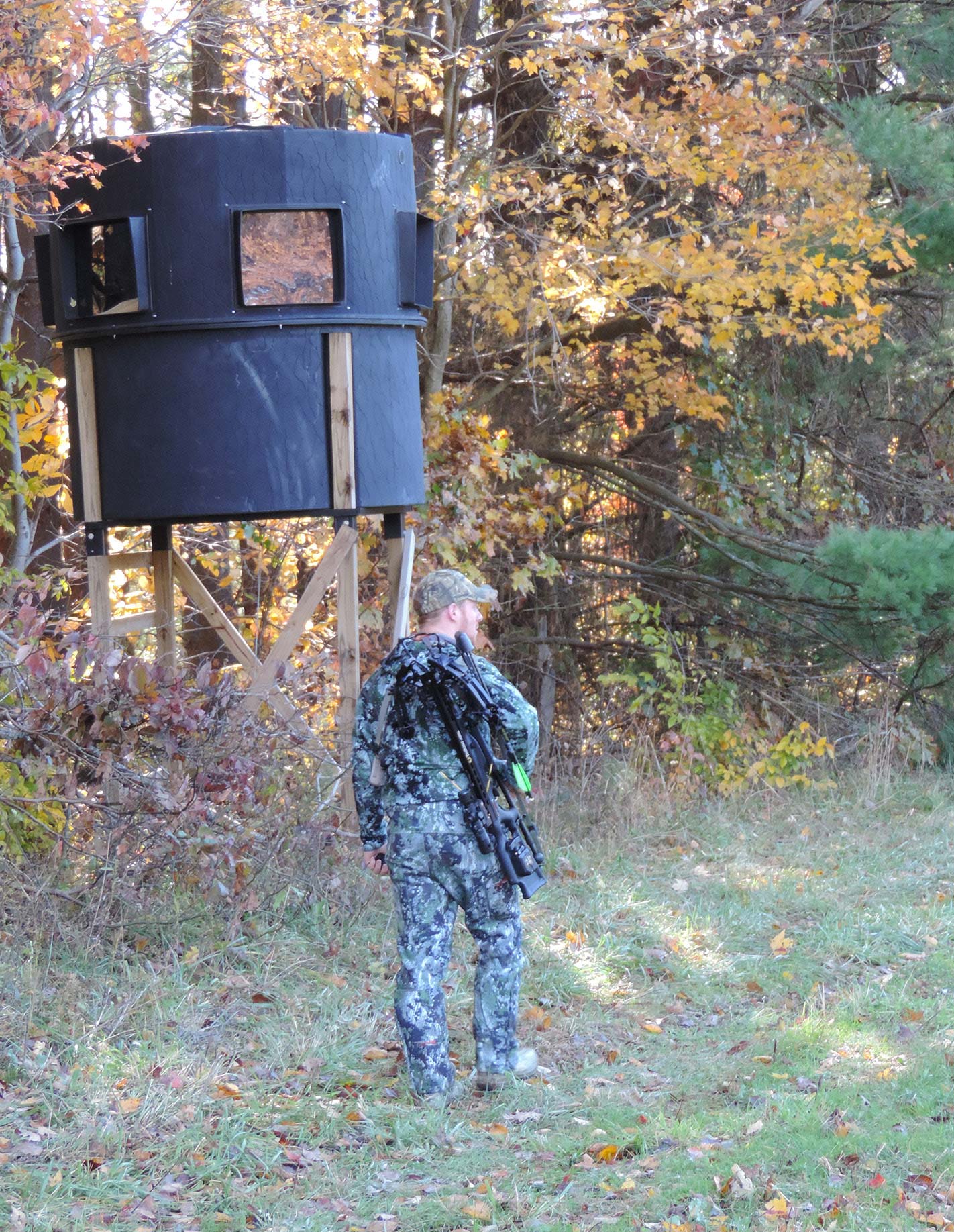
Since tags are sold over the counter and Ohio is a populous state, expect some hunting pressure on the public lands and be willing to outwork other hunters to find and hunt big mature deer. Try to get away from the Columbus and Cincinnati population centers. Most hunting areas have lodging accommodations nearby, but there are also camping opportunities if you’re looking to pinch pennies.
The entire state produces giant Whitetails, but some of the largest registered in the record books have come from Licking, Coshocton and Muskingum counties. Lots of folks know that, so public lands in those areas will generally be busy, especially during the November rut.
If you want a higher-quality hunt, consider hunting with an outfitter. I’ve hunted with Brushy Fork Outfitters (BFO) of Newark, Ohio. Outfitted hunts there are in the mid-to upper-$4,000 range depending on dates. DIY deer hunts are also offered for $2,500, and these give you access to private lands. A guide will show you stand locations and outline deer-movement patterns. From there, you can choose to hunt from pre-hung stands or hang your own.
If you want in on the big bucks that Ohio annually produces, get to planning your Buckeye State adventure. Oh, and don’t forget that big Eastern gobblers roam the Buckeye State timber and fields.
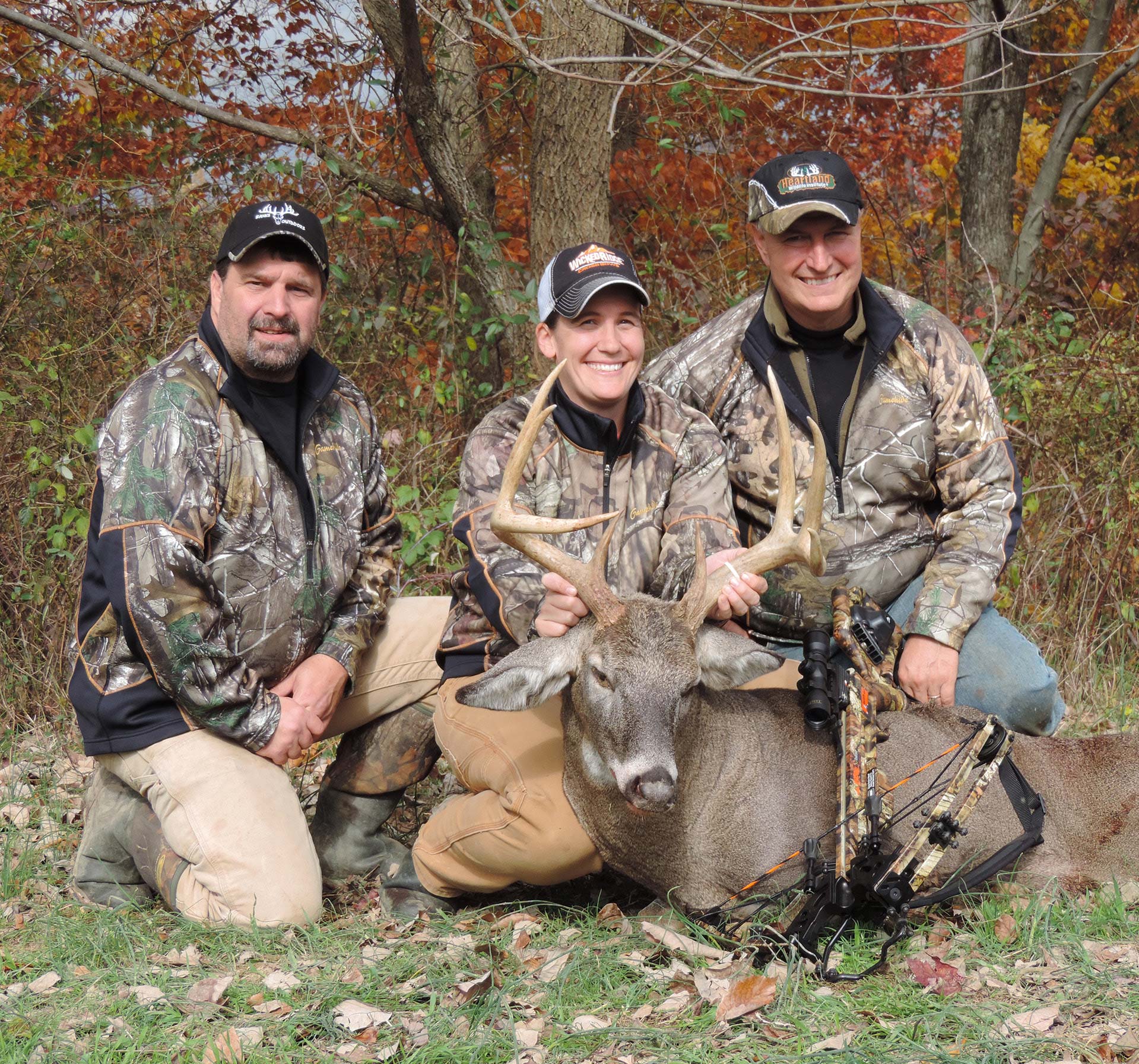
Oklahoma
The “Sooner State” offers opportunities to hunt a few different species. Solid picks for a crossbow hunt are black bears or Whitetails. Black bears primarily inhabit the southeastern part of the state, while Whitetails are found across the entire state. Mule deer occur in very limited numbers out in the Panhandle.
Non-resident bear tags are pricey at $506, while deer tags are more reasonable at around $300. Crossbows are considered legal hunting equipment during the archery seasons. The 16-day bear season opens October 1. So does the archery deer season, which closes January 15.
3 Money-Saving Tips
Oklahoma is a DIY-friendly state with ample public-land opportunities. Plenty of bears and a booming Whitetail population inhabit the Ouachita National Forest, the Three Rivers WMA and the Honobia Creek WMA. In all, there are hundreds of thousands of acres to hunt in this heavily timbered and even mountainous region. Motels and camping opportunities abound.
Like Ohio, most of Oklahoma’s public lands see some heavy hunting pressure throughout the season, especially during the Whitetail rut. This was my experience while bowhunting the Kaw WMA in northcentral Oklahoma in 2014. Although I managed a dandy buck, there seemed to be hunters spread out across the WMA.
Oklahoma is highly diverse and has multiple eco-regions. From big timber to rolling prairies to flat plains, this state likely offers something for your individual taste and hunting style. Plus, various WMAs across the state can provide a thriller deer hunt.
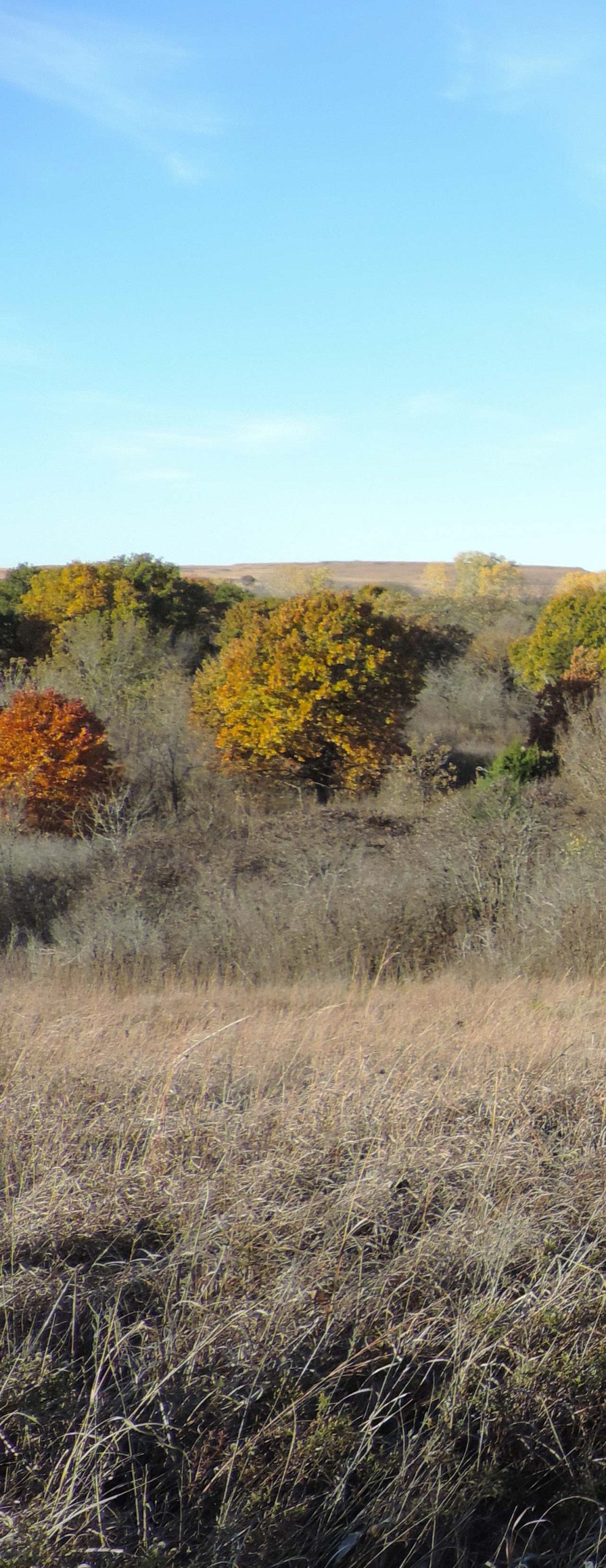
Kansas
Known for its vast prairies and rolling hills, Kansas offers a unique crossbow hunting experience that any hunter would drool over. The state of Kansas is renowned for its thriving Whitetail deer population, boasting some of the largest bucks in the Midwest, as well as some of the best territory for upland bird, turkey, prairie dog, and other varmint hunting that the country has to offer. The diverse landscapes, from dense woodlands to open fields, provide varied hunting environments that cater to different hunting styles, including some of the best crossbow hunting out there.
Kansas’ hunting regulations are very crossbow-friendly, allowing the use of cross-bows during archery season (with some rules around the use of broadheads). A key advantage is the over-the-counter deer permits for residents, while non-residents can enter a lottery draw. This makes for a very hunter-friendly environment when it comes to getting out and hunting, all without having to jump through hoops. The archery season runs from mid-September to December 31, giving hunters a generous window to plan their trips accordingly.
Public hunting lands in Kansas are abundant, with numerous Wildlife Management Areas (WMAs) and Walk-In Hunting Access (WIHA) areas open to crossbow hunters and general hunters alike. The state’s WIHA program allows hunters to access private lands enrolled in the program, significantly expanding available hunting grounds. These areas are meticulously managed and maintained to help support the healthy growth of game populations and to provide ample hunting opportunities in general.
For those looking to increase their odds of success, guided hunts on private land and at lodges are a popular option. These Kansas hunting lodges often provide the added benefit of local knowledge, pre-scouted stand locations, and managed food plots, which all help to increase any hunter’s chances of encountering their prize trophy.
From a 10 thousand-foot view, Kansas stands out as a prime destination for crossbow hunting of all types. Its blend of accessible public lands, favorable regulations, and impressive animal populations make it a top choice for hunters seeking both a challenging hunt, but one with great potential reward. Whether you’re a seasoned hunter or new to crossbows, Kansas is certainly a state to add to your list of potential dream hunting destinations!
Embark on Adventure
If you love to hunt with your crossbow and want a change in pace from your usual hunting grounds around home, choosing a destination hunt such as those outlined in this article can provide the adventure you’ve been craving. But don’t just sit and dream about it. Get busy planning your out-of-state adventure!
Per our affiliate disclosure, we may earn revenue from the products available on this page. To learn more about how we test gear, click here.

